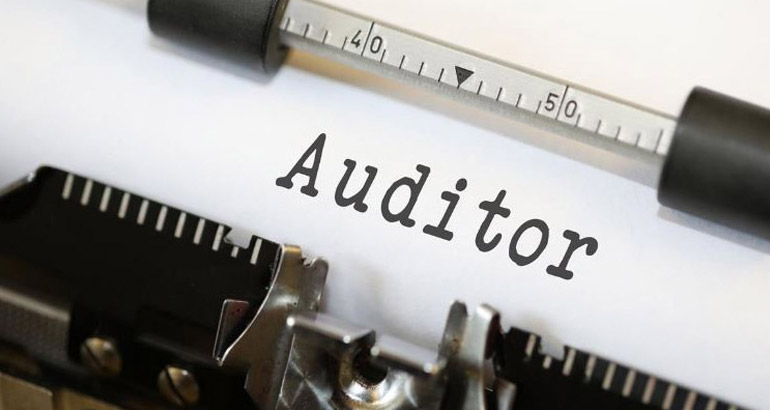Techniques Used In An Internal Audit Process

A scheduled internal audit allows you to gauge the effectiveness of your business’s internal control system. An internal audit occurs once or twice every year.
An internal audit helps uncover internal control weaknesses and evidence of fraud, wastage or abuse of company resources. Internal audits also help in effective risk management (Read all about Importance of Internal Audit).
Audit Procedures and Objectives
An internal audit helps you; the auditor assesses and improves internal business controls by a review of risk-management plans and business processes for weaknesses and failures. Audit procedures typically start by evaluating current processes and procedures.
Auditors then analyse their results against internal control objectives to determine whether they comply with internal policies and country-specific rules and regulations. As a final step, auditors write an audit report to present to the business owner or CEO.
Indirect Assessment and Observation Techniques
The objective of an indirect assessment is to ensure that a company’s auditors understand the internal control procedures of the company. It also confirms if the appointed auditors are skilled enough to determine if employees follow their rules and regulations.
An audit team avoids disrupting company operations by starting the audit using indirect assessments. An indirect assessment includes a review of existing documentation like flowcharts, manuals and departmental control policies.
An audit trail that traces every internal function also a joint assessment technique used in internal audits. It includes one-on-one interviews and process observations—these techniques used if audit trails or document reviews don’t fully answer auditors’ questions.